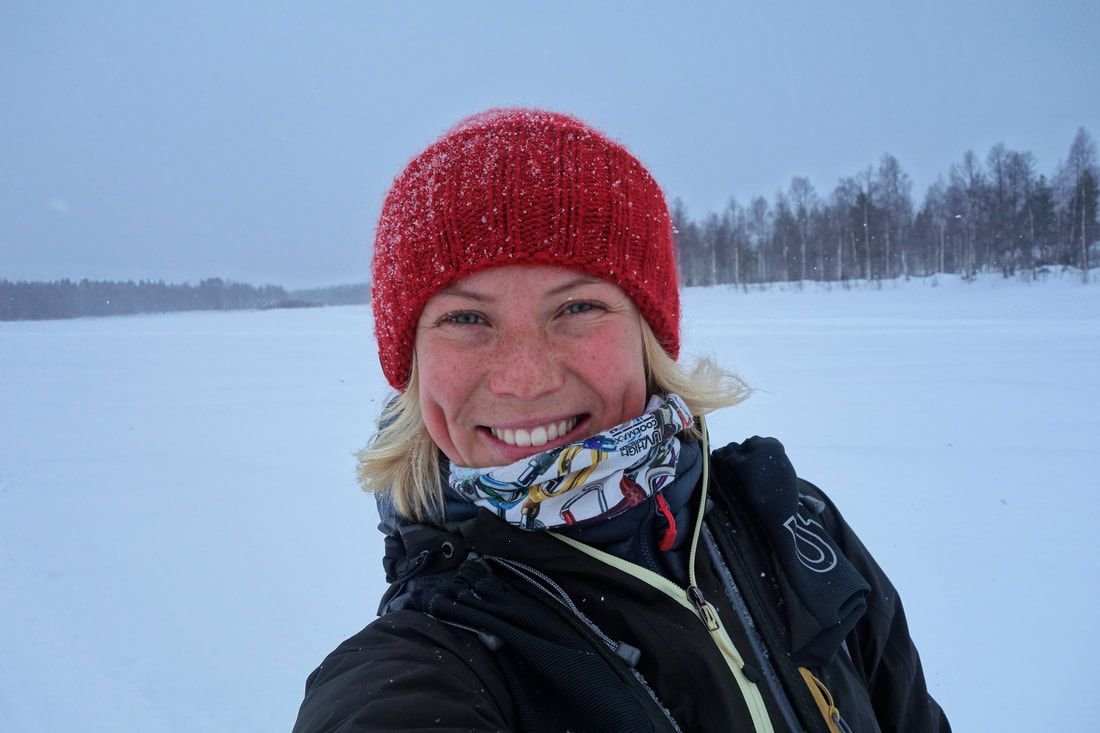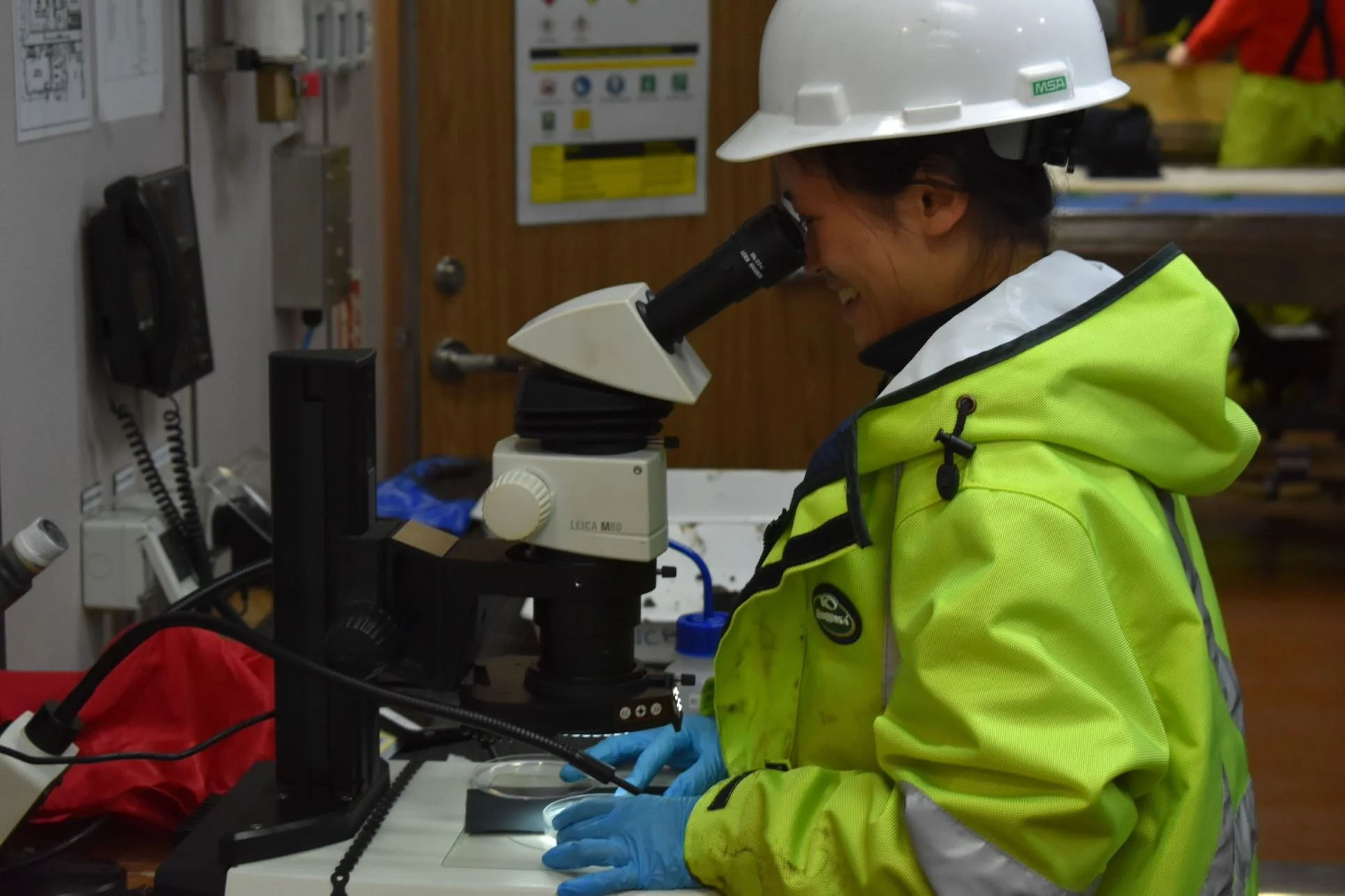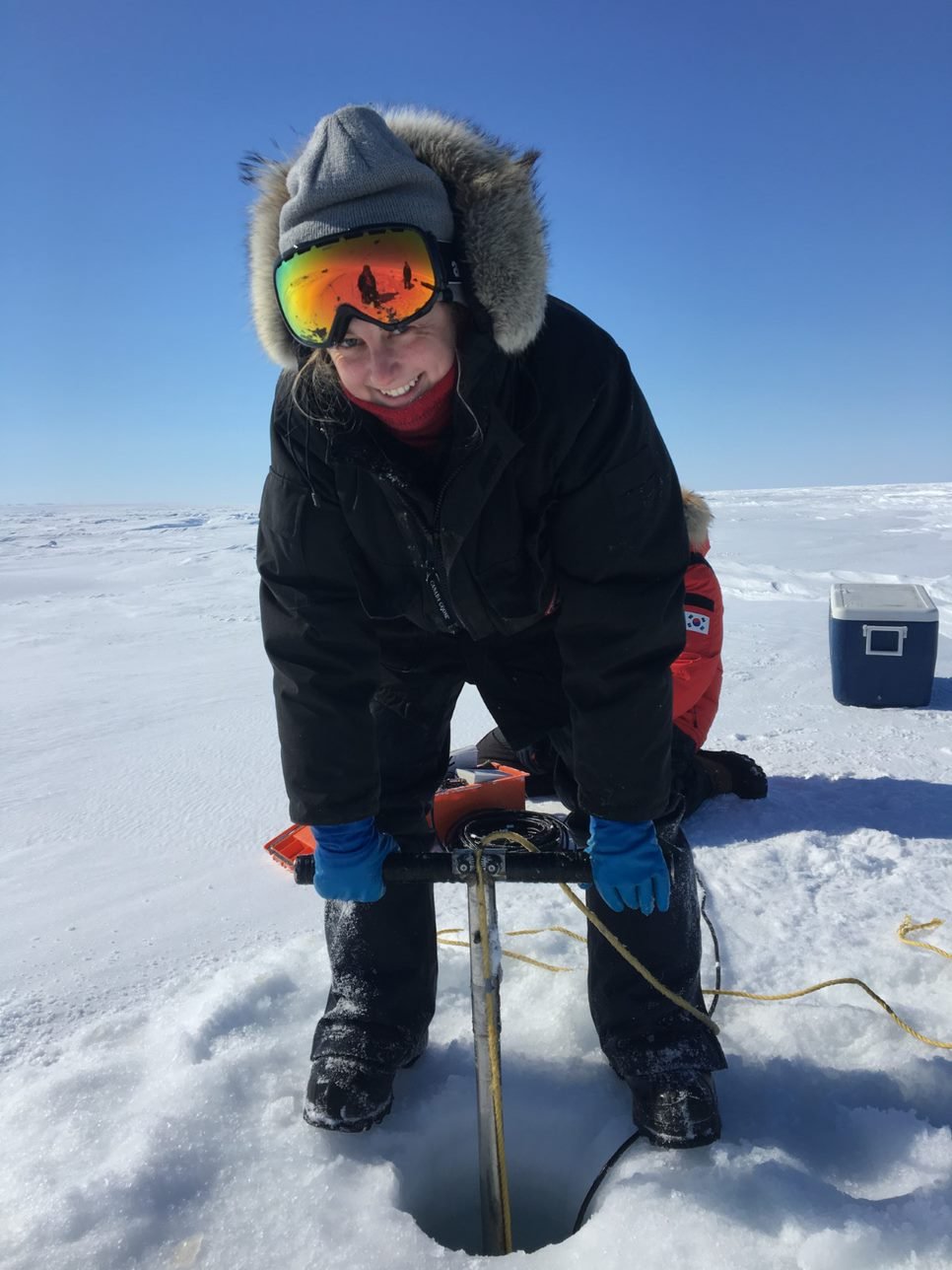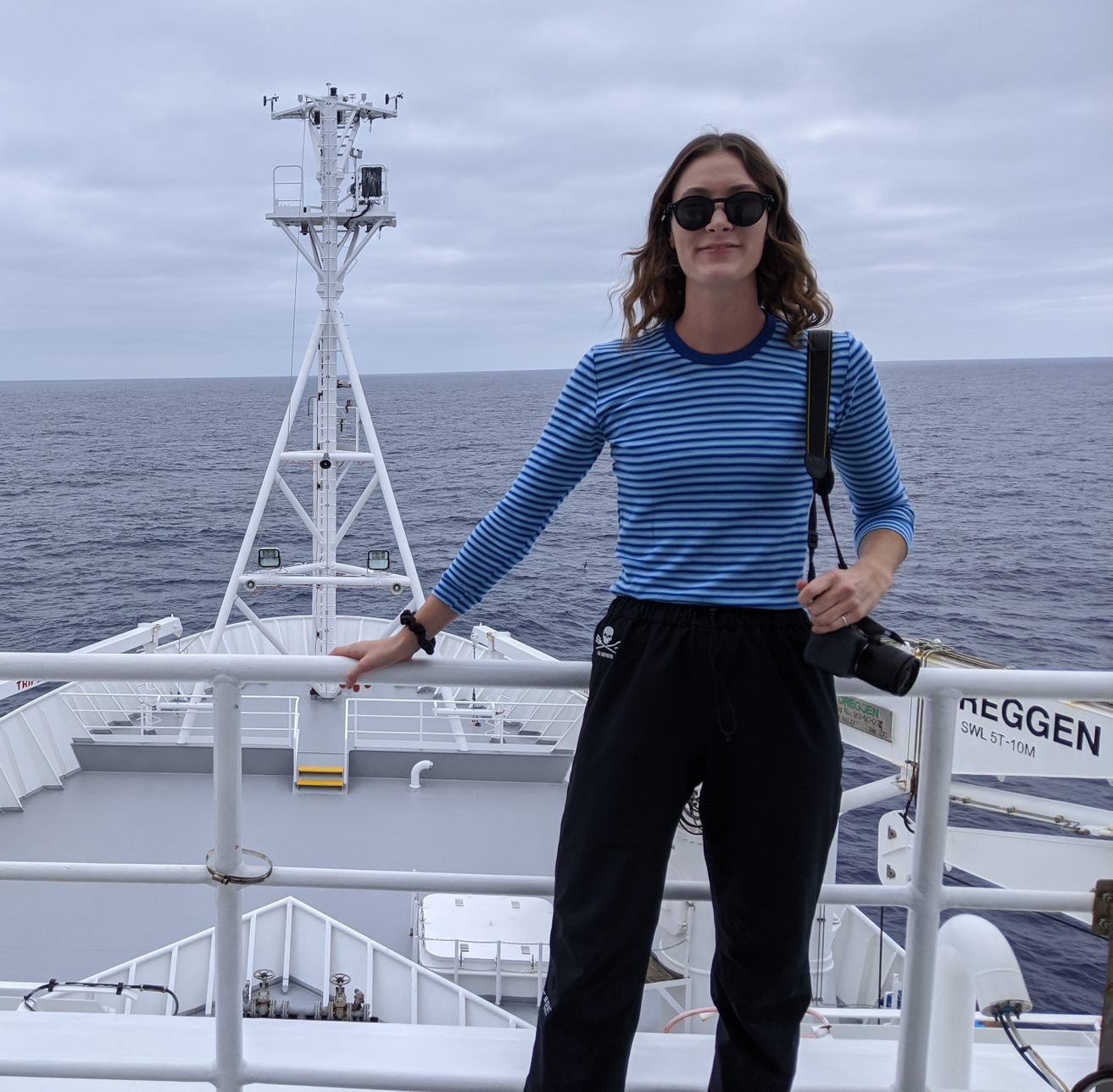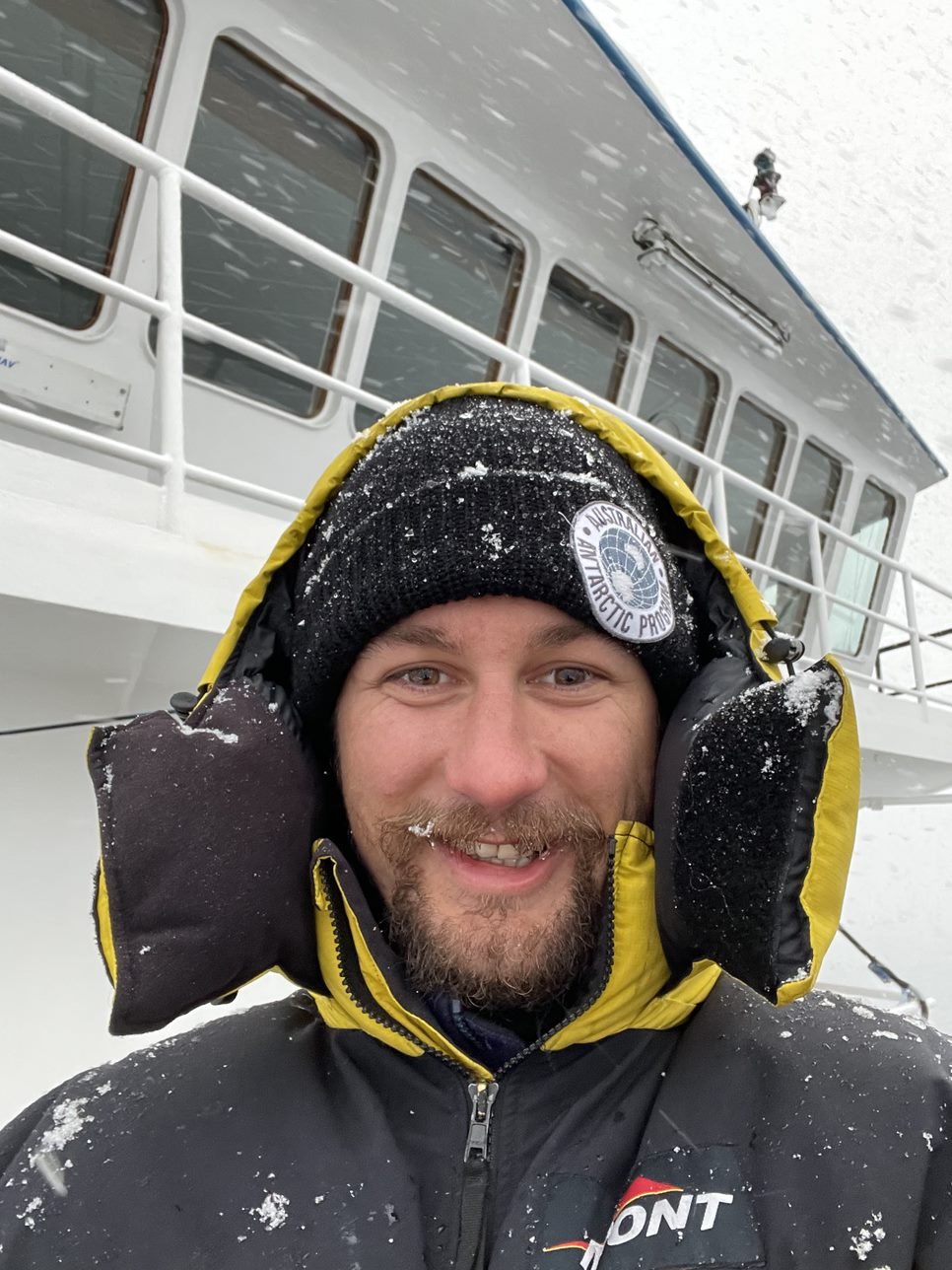Mitigating the effects of climate change
The presence of humans on Antarctica might be small, but the long reach of our influence is not: it is felt in the receding boundary of Antarctica’s annual sea ice, its shifting winds, augmented seasons. Antarctica is a meeting place for the great systems of our planet – our atmosphere, ocean, earth – to interchange and exchange, making it the ideal location for a global understanding of climate. Not just the present, but the secrets of the past and future are contained in Antarctica’s ice and sediment, its geology and atmosphere. It’s in the very landscape of Antarctica that the truth of Confucius’ proposition resounds, “Study the past if you would define the future”.
Research topics
At the Antarctic Science Foundation, we investigate both the past – through ancient cores of ice and sediment – and the present through climate analysis and modelling, as well as Antarctica’s underlying geology and pollutants.
Ancient Antarctic cores: ice and sediment
Cores are samples, usually extracted by drilling, that inform us about Earth’s past and thereby its future. Researchers can analyse cores of Antarctic ice to reveal the climatic conditions up to millennia or even a million years into the past. Cores can also be sampled from marine sediment, composed not of ice but of the solidified material of ancient marine life revealing the chemical conditions of the ocean, including dissolved CO2.
Climate and atmosphere modelling
The relationship between the land and the air and the sea is profoundly complex – and this is no less true in the Antarctic, where sea and continental ice abound. Through the use of sophisticated imaging techniques (such as satellite observations) our researchers model the dynamics of the climate, our oceans and atmosphere (and their interchanging), to make predictions about how the natural course of these processes may deviate in our contemporary human-altered system.
Geology and chemistry
Antarctica is its own continent, though due to its being largely buried beneath kilometres of ice – the dynamics of its underlying geology remain mysterious to us. With modern technology, we can understand Antarctica’s geology, including its absorption of geothermal heat which has a direct bearing on the continent’s ice sheets.
Pollution
Riding on moisture and wind, organic pollutants can travel far from their anthropogenic source. Antarctica and its wildlife are a vital study system for understanding just how far and in what proportions our pollutants can travel and accumulate.
NEWS | Mitigating the effects of climate change
ASF researchers specialised to climate change mitigation
Antarctic Glossary
Climate
The prevailing weather conditions in an area in general or over a long period.
Climate model
A computer simulation of the Earth’s climate system, including the atmosphere, ocean, land and ice.
Persistent Organic Pollutants (POPs).
POPs are toxic chemicals, such as DDT or PCBs, which adversely affect the health of humans and animals and which persist in the environment.
Ice cores
Ice cores are cylinders of ice drilled from ice sheets and glaciers that amount to frozen time capsules.
Marine sediment cores
A marine sediment core is a type of sample that captures the submarine layers of earth while preserving the ‘order’ in which they were laid, i.e., their relative age.
Peat cores
Sample taken of peat, an accumulation of decayed or partially decayed vegetation.
Geochemical cycling
The cycling of elements through Earth’s natural reservoirs: including the biosphere, and through the earth and atmosphere.
Ozone
A colourless and unstable toxic gas composed of three oxygen atoms.
Stratosphere
A layer of the Earth’s atmosphere named for its layers (strata) of temperatures, gained in-part, by the ozone warmed by the sun.
Remote sensing
The process of detecting and monitoring the physical characteristics of an area through technologies such as microwave and satellites.
Bathymetry
The measurement of depth of water in oceans, seas, or lakes.
Seismology
The branch of science concerned with earthquakes and related phenomena.
Scotia Arc
The Scotia Arc is the island arc system forming the north, east and south border of the Scotia Sea located between South America and Antarctica.











